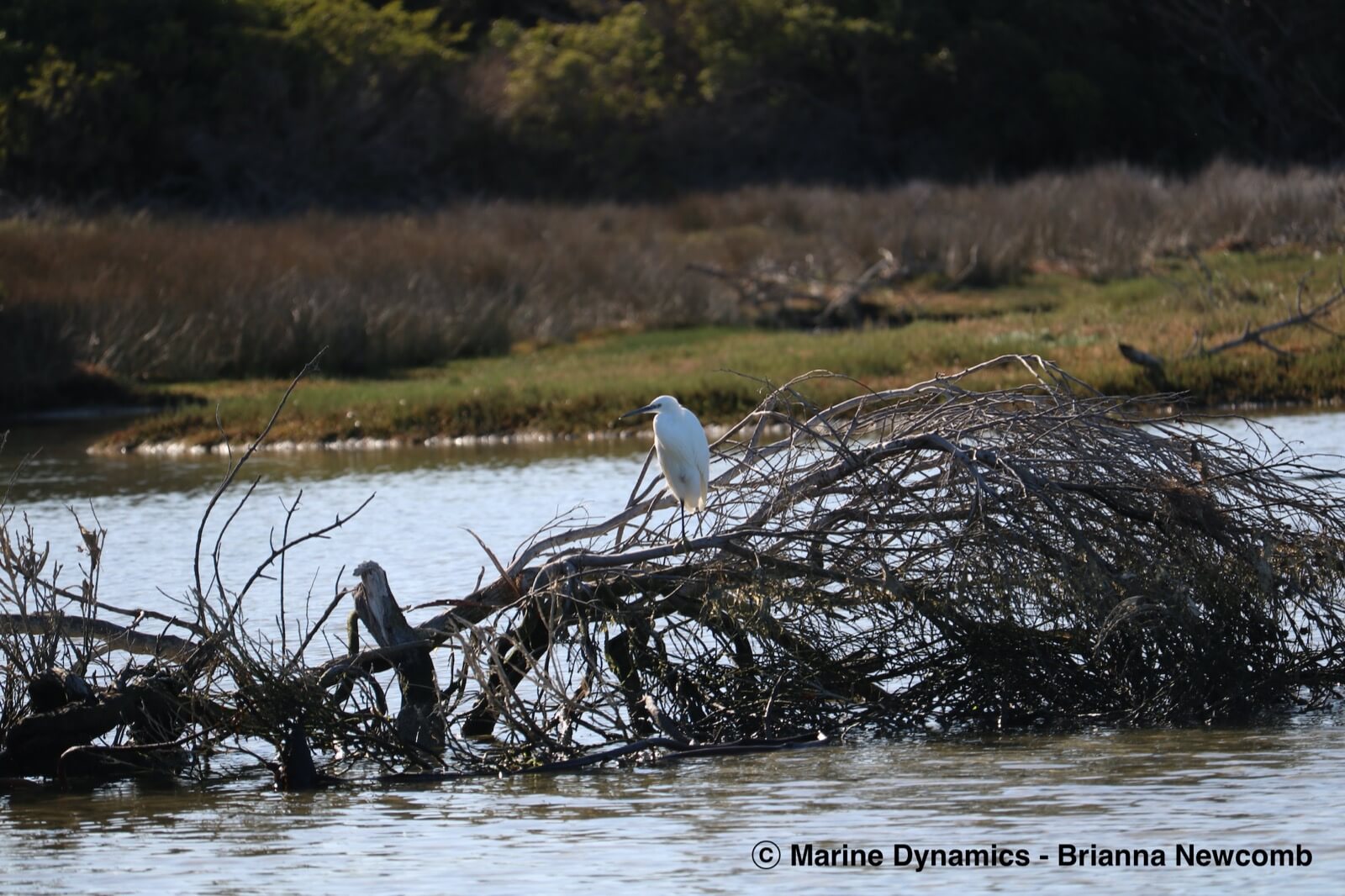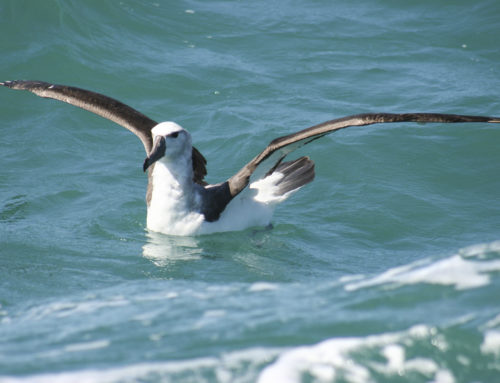World Environment Day is a day that has been recognized globally on the 5th of June since 1974 with the aim to increase awareness and encourage action for environmental issues. Each year the day is formed around a theme that focuses attention on a particularly pressing environmental issue. The theme for 2020 is “Celebrate Biodiversity” and calls for appreciation but also action to protect the variability among living organisms from all sources and the ecological systems they are part of, by doing so we are looking to a sustainable future.
We would like to focus today on one dynamic yet sensitive system, that of the estuary. An estuary is a partially enclosed body of water and the surrounding land, typically where fresh water from rivers or streams meets salt water from the ocean, essentially forming a transition zone between the two and influenced by both.
The Dyer Island Conservation Trust, alongside Marine Dynamics and our students of the Marine Dynamics Academy have for the last two years been part of a collaborative effort to monitor and maintain the health of one such local system, the Uilkraals estuary.
The Uilkraals estuary is one of 290 functional estuaries in South Africa and is designated as a desired protected area in the Biodiversity Plan for the National Biodiversity Assessment. Made up of a wide variety of habitats including extensive salt marshes, this system supports a high diversity of organisms that depend on this area to live, feed, nest and reproduce (estuaries are often referred to as “nurseries of the sea”). The estuary can also function as a filter for sediment and pollutants to be removed from the fresh water before reaching the ocean leading to cleaner marine and coastal systems and a buffer zone to stabilize the shoreline and protect coastal areas, inland habitats and human communities from strong weather events. Not only does the estuary provide significant environmental benefits it also has socio-economic benefits.
Our involvement sees the team conducting weekly visits to the Uilkraals estuary to measure environmental parameters including temperature, dissolved oxygen, conductivity and salinity with the use of a water sensing instrument, a YSI. These parameters are key indicators of water quality and environmental conditions for the organisms that live in or use the estuary and surrounding systems. For example, salinity, will vary in the estuary depending on location, tidal flushing, and the volume of fresh water enters the system, generally levels are highest near the mouth where the ocean water enters and lowest upstream at the freshwater sources. However changes in the flow of water outside of the norm, say from such things as development in coastal and wetland areas or climate related shifts can lead to a decline in overall system health including unusual salinity levels. The organisms within the estuary have different tolerances and responses to salinity fluctuations and those that are outside an organisms’ acceptable range can negatively affect growth, reproduction, and ultimately survival. Further, a bird count is also conducted, focusing on water associated species at each measurement site, with approximately 18 bird species being logged during amongst the visits. This allows for tracking of populations and their fluctuations which can also be highly useful as indicators for the health of a system and contributes to our understanding of the birds that are reliant on the health of the estuary.
Overall, the monitoring of the estuary helps to highlight any concerns and the data that we collect feeds into the overall management of the estuary. If consistently monitored and sustainably managed, estuaries, the link between land and ocean, can form an important part of conserving biodiversity and enhancing human well-being.










